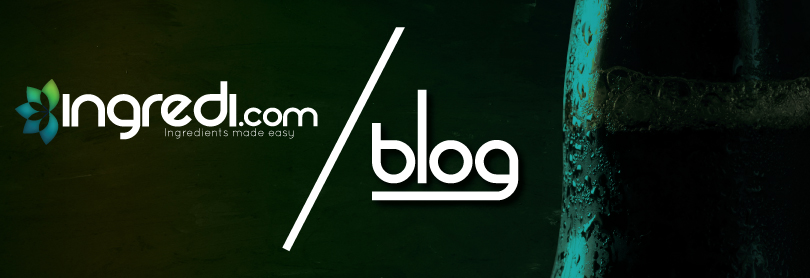What makes wine acidic?
By on Jul 11th 2018
That fresh, tart, or sour taste you get when you sip some wine is because of acidity.
Acids are an important component in winemaking. Not only does acidity gives wine its signature sweet and sour taste, it’s also necessary for quality. Acids affect wine’s color, taste, and balance as well as the growth and vitality of yeast during the fermentation process. Acids even protect wine from bacteria.
What tasters consider to be “great” wines achieve an ideal balance between acidity, sweetness, tannin, and alcohol. Where acidity gives wine its sweet and sour taste, tannin adds bitterness and astringency (usually to red wine).

What acids are found in wine?
Acids are present in both grapes and the finished wine product. There are three primary acids found in wine grapes: tartaric, malic, and citric acids. There are also other acids that can play a significant role during the winemaking process and in finished wines. These include acetic, butyric, lactic, and succinic acids. Ascorbic, sorbic, and sulfurous acids are also sometimes used in winemaking.
Winemakers must consider grape acidity in determining when to harvest them. Climate, for instance, actually affects grapes’ taste traits, including acidity. Green grapes have high acidity; however, as they ripen the acidity decreases while the sweetness increases. The ideal time for harvesting is when the grape is ripe and sweet but still possesses enough acidity for good winemaking.
But what does grape acidity have to do with climate? Areas that have cooler night temperatures or a shorter growing season will produce grapes (and therefore wine) with naturally higher acidity. This is because the cold prevents the grapes from losing their acidity during the ripening process. And in areas with short growing seasons, the grapes may never fully ripen, producing more tart tasting wines.
While acids are naturally occurring in grapes and wine, winemakers can also add acids to increase the final acidity. This process is called acidification and tartaric and malic acid are most commonly used for this process. Citric acid may also be used, but it can affect the taste of the wine with aggressive citric flavor. Acidification is common in hotter regions where grapes are harvested too ripe (and therefore too sweet).
Find all the necessary base ingredients for your wine making at Ingredi.






